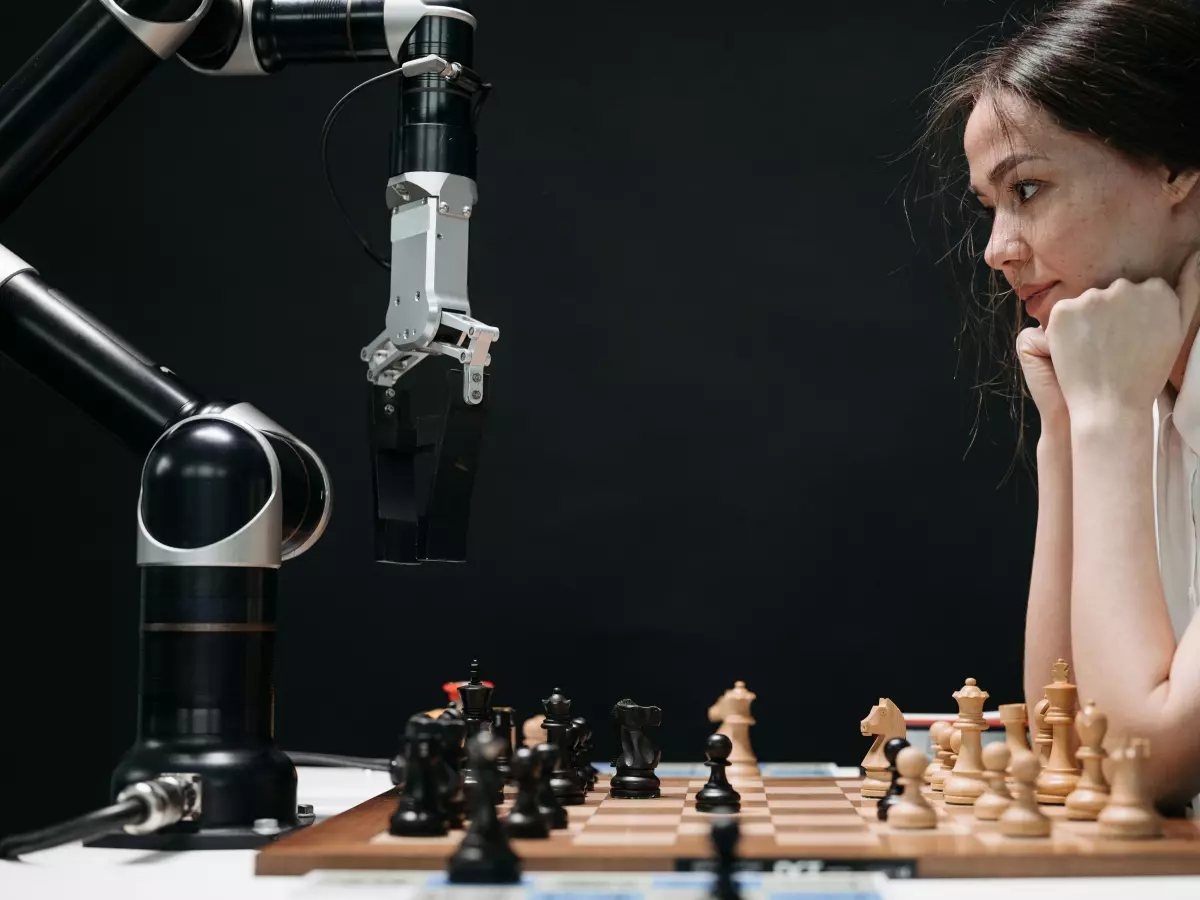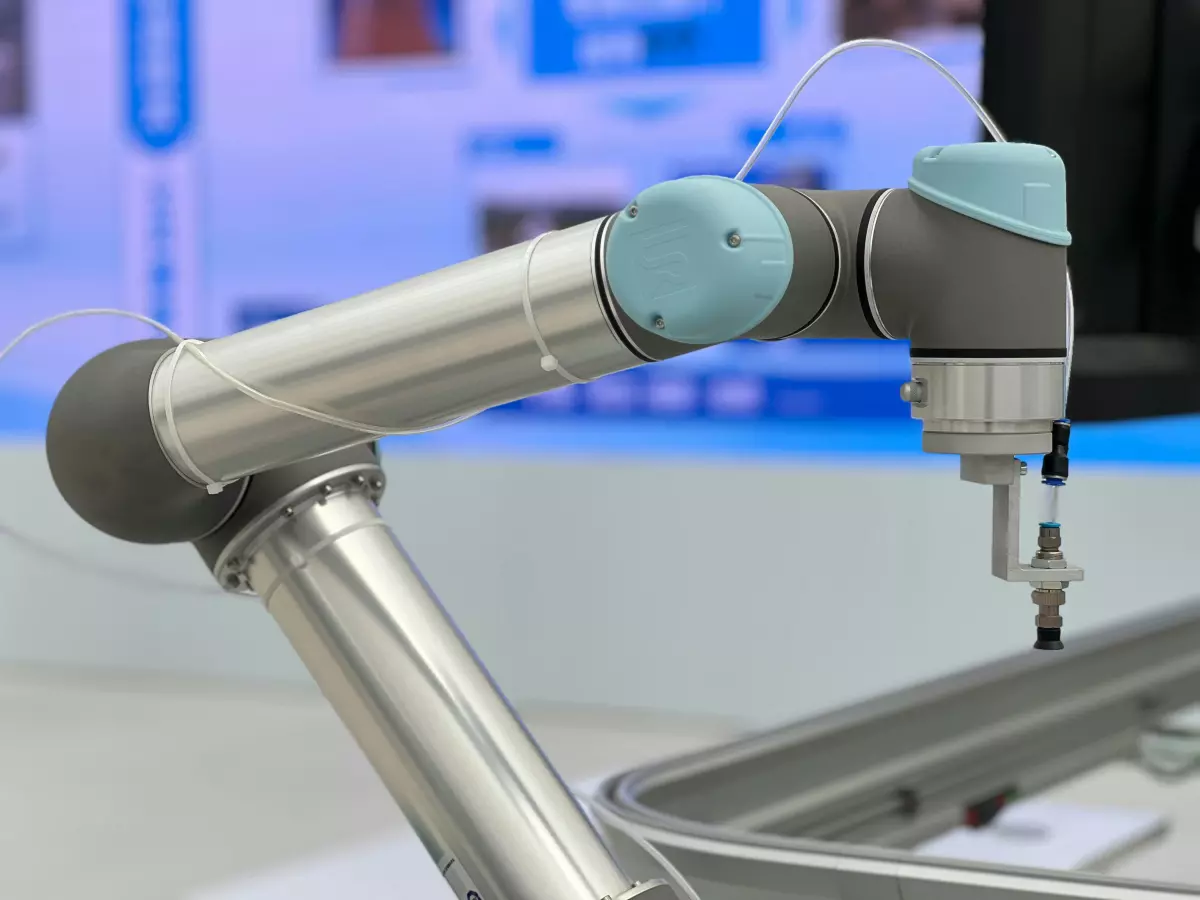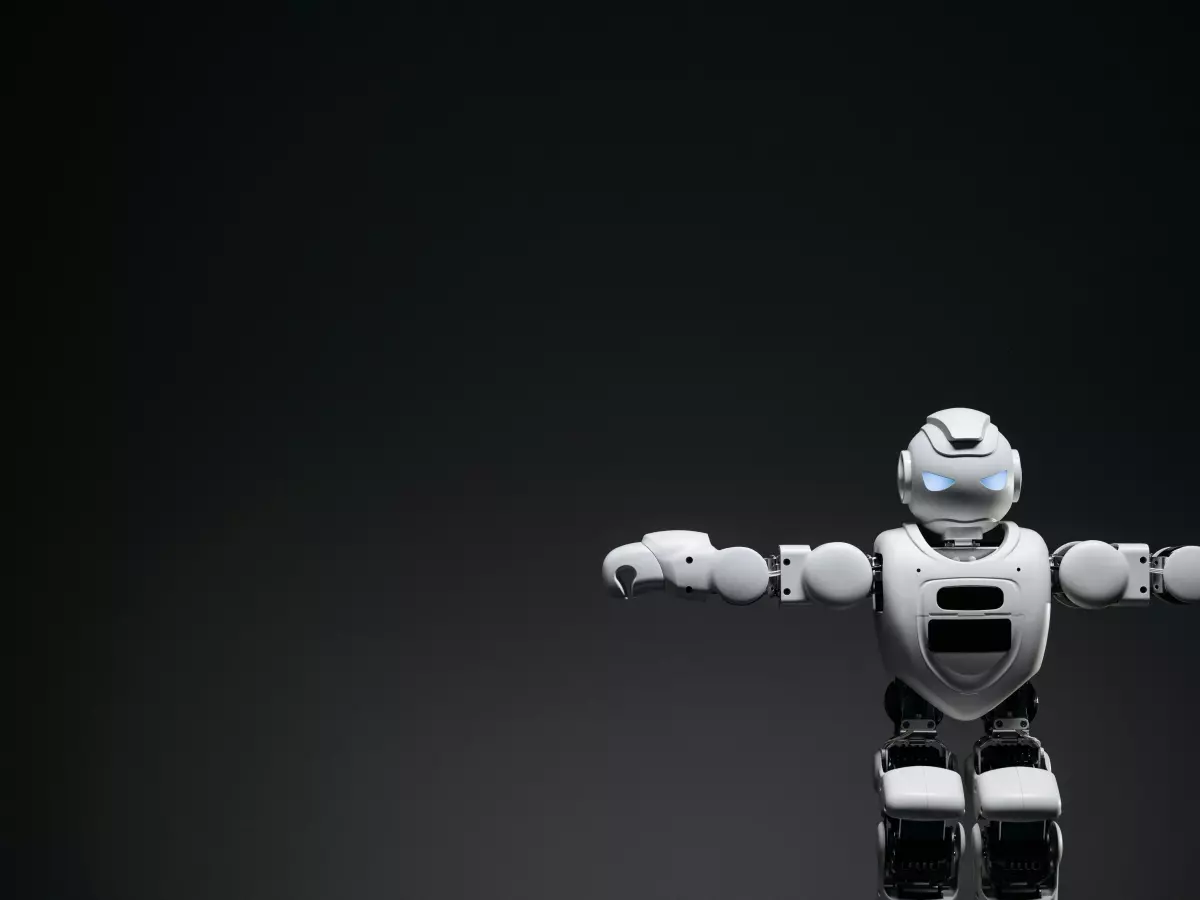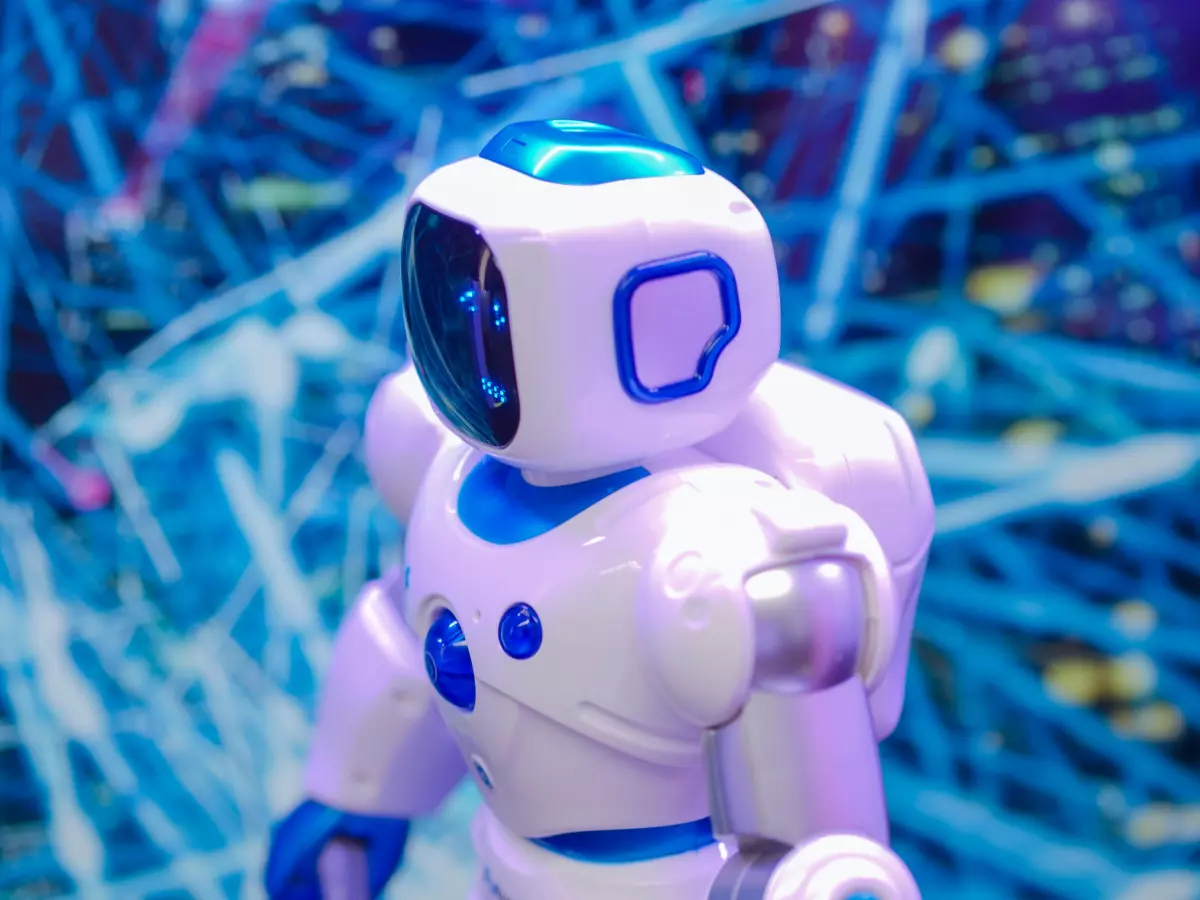Humanoid Robot Challenges
Did you know that despite billions in R&D, humanoid robots still struggle with basic tasks like walking up stairs or picking up a cup? It’s not for lack of trying—designing a robot that mimics human movement is a monumental task. The challenges are far more complex than they seem, and they go beyond just making robots look human.
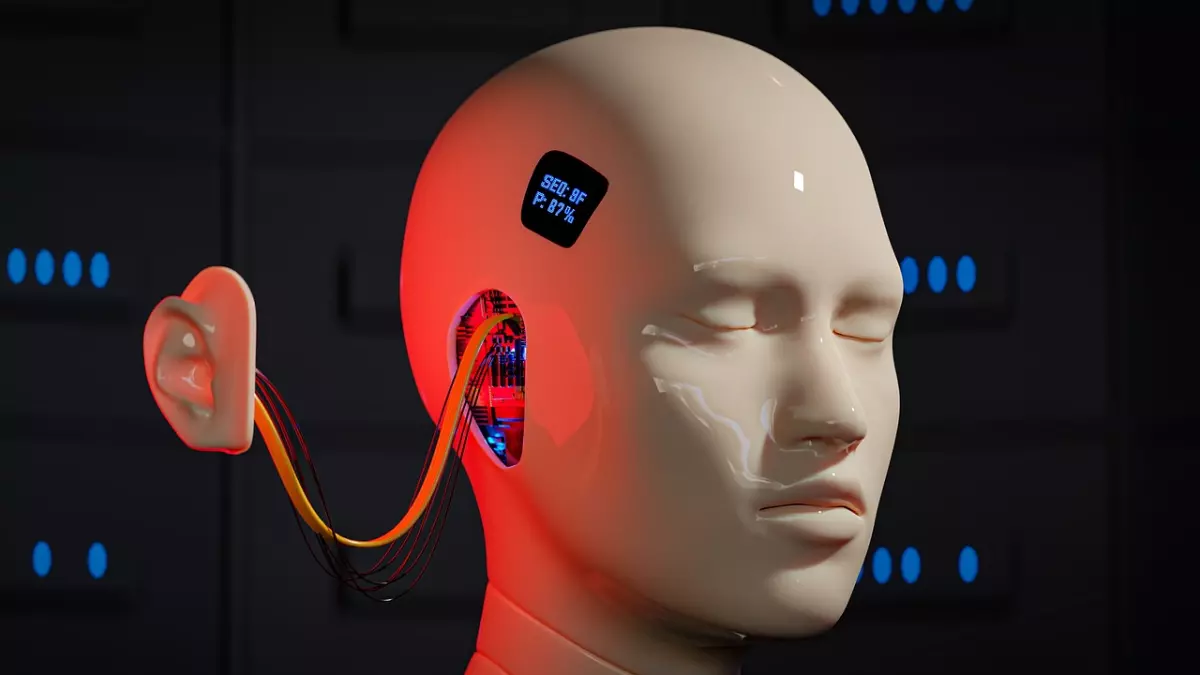
By Wei-Li Cheng
Humanoid robots are fascinating, but the reality is that their design and control systems are still a work in progress. Engineers and researchers face numerous challenges when trying to replicate human-like movement, balance, and decision-making. From sensor integration to motion control algorithms, the road to creating a truly functional humanoid robot is full of obstacles.
Let’s dive into the five biggest challenges that are holding humanoid robots back from achieving their full potential.
1. Complex Sensor Integration
Humans rely on a wide range of senses to interact with the world—vision, touch, balance, and even proprioception (the sense of body position). Humanoid robots, on the other hand, need sensors to replicate these abilities, and integrating them is no easy feat.
For example, a humanoid robot might have cameras for vision, gyroscopes for balance, and pressure sensors for touch. But getting these sensors to work together seamlessly is a massive challenge. Each sensor has its own data format and processing requirements, and combining them into a cohesive system requires advanced sensor fusion algorithms. Even a slight delay in sensor data can cause the robot to lose balance or misinterpret its environment.
In short, sensor integration is like trying to get a symphony orchestra to play in perfect harmony—except the instruments are all speaking different languages.
2. Real-Time Motion Control
Humans don’t think about every muscle movement when they walk or reach for an object. Our brains handle these tasks automatically, adjusting for balance, speed, and force in real-time. For robots, this is a huge challenge.
Humanoid robots rely on motion control algorithms to coordinate their limbs and maintain balance. These algorithms must process sensor data and make adjustments in real-time, often within milliseconds. The problem is that even the most advanced algorithms struggle to keep up with the complexity of human movement.
For instance, if a robot is walking and encounters an unexpected obstacle, it needs to adjust its gait instantly. A delay of even a fraction of a second could cause it to trip or fall. Real-time motion control is an ongoing area of research, and we’re still far from achieving human-level fluidity.
3. Energy Efficiency
Humans are incredibly energy-efficient. We can walk for hours without getting tired, thanks to the way our muscles and joints work together. Humanoid robots, on the other hand, are energy hogs.
One of the biggest challenges in humanoid robot design is making them energy-efficient enough to operate for extended periods. Motors, actuators, and sensors all consume a lot of power, and current battery technology just isn’t up to the task. Many humanoid robots can only operate for a few hours before needing a recharge.
Efforts are being made to develop more efficient motors and better battery technologies, but for now, energy efficiency remains a major hurdle.
4. Human-Robot Interaction
Humanoid robots are often designed to interact with humans, whether it’s in a factory, a hospital, or even a home. But creating robots that can understand and respond to human behavior is a monumental challenge.
Humans are unpredictable. We change our minds, move in unexpected ways, and communicate through subtle cues like body language and tone of voice. Teaching robots to interpret these cues and respond appropriately is a huge challenge. It requires advanced AI algorithms that can process not just what a person is saying, but how they’re saying it.
For example, if a robot is assisting a person in a hospital and the person suddenly becomes agitated, the robot needs to recognize this change in behavior and adjust its actions accordingly. This level of interaction is still in its infancy, and it will take years of research to perfect.
5. Durability and Maintenance
Humans are surprisingly durable. We can recover from falls, heal from injuries, and adapt to different environments. Humanoid robots, on the other hand, are fragile.
One of the biggest challenges in humanoid robot design is making them durable enough to withstand the rigors of everyday use. Robots are prone to mechanical failures, especially when they’re performing complex tasks like walking or lifting objects. And when a robot breaks down, it often requires specialized maintenance that can be costly and time-consuming.
Researchers are working on developing more robust materials and designs, but for now, durability remains a significant challenge.
In addition to durability, maintenance is another issue. Humanoid robots are complex machines with many moving parts, and keeping them in working order requires regular upkeep. This is a major barrier to widespread adoption, especially in industries where downtime is costly.
Conclusion: The Road Ahead
Despite these challenges, the future of humanoid robots is bright. Advances in AI, sensor technology, and materials science are bringing us closer to a world where humanoid robots can walk, talk, and work alongside humans. But for now, the road ahead is still full of obstacles.
As engineers continue to tackle these challenges, one thing is clear: humanoid robots are not just a technological marvel—they’re a testament to the complexity of the human body and mind. And while we may not have fully functional humanoid robots yet, the progress being made is nothing short of extraordinary.
